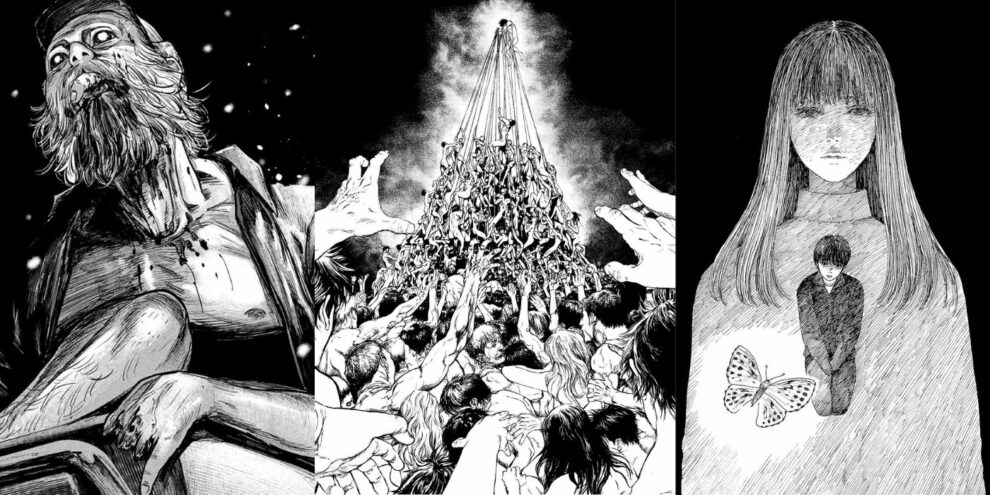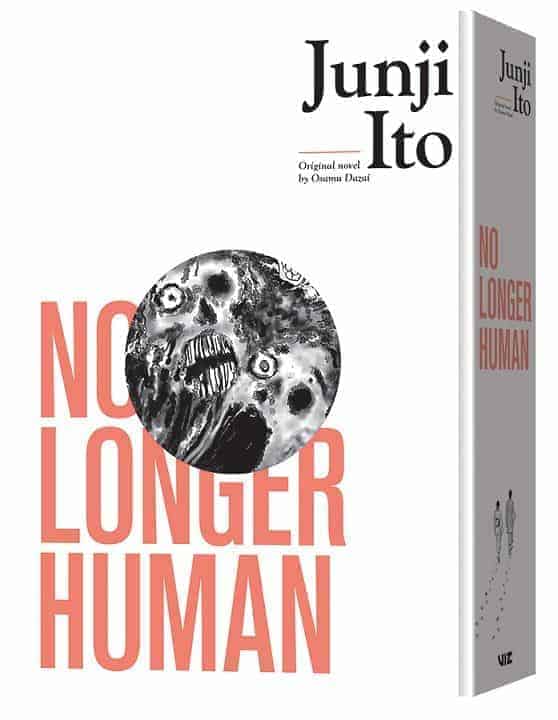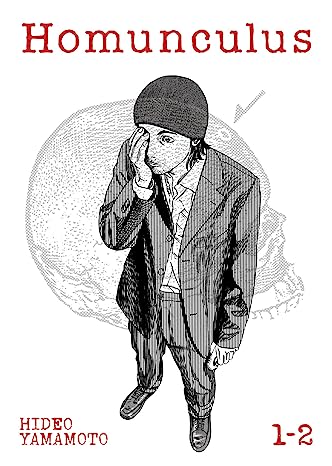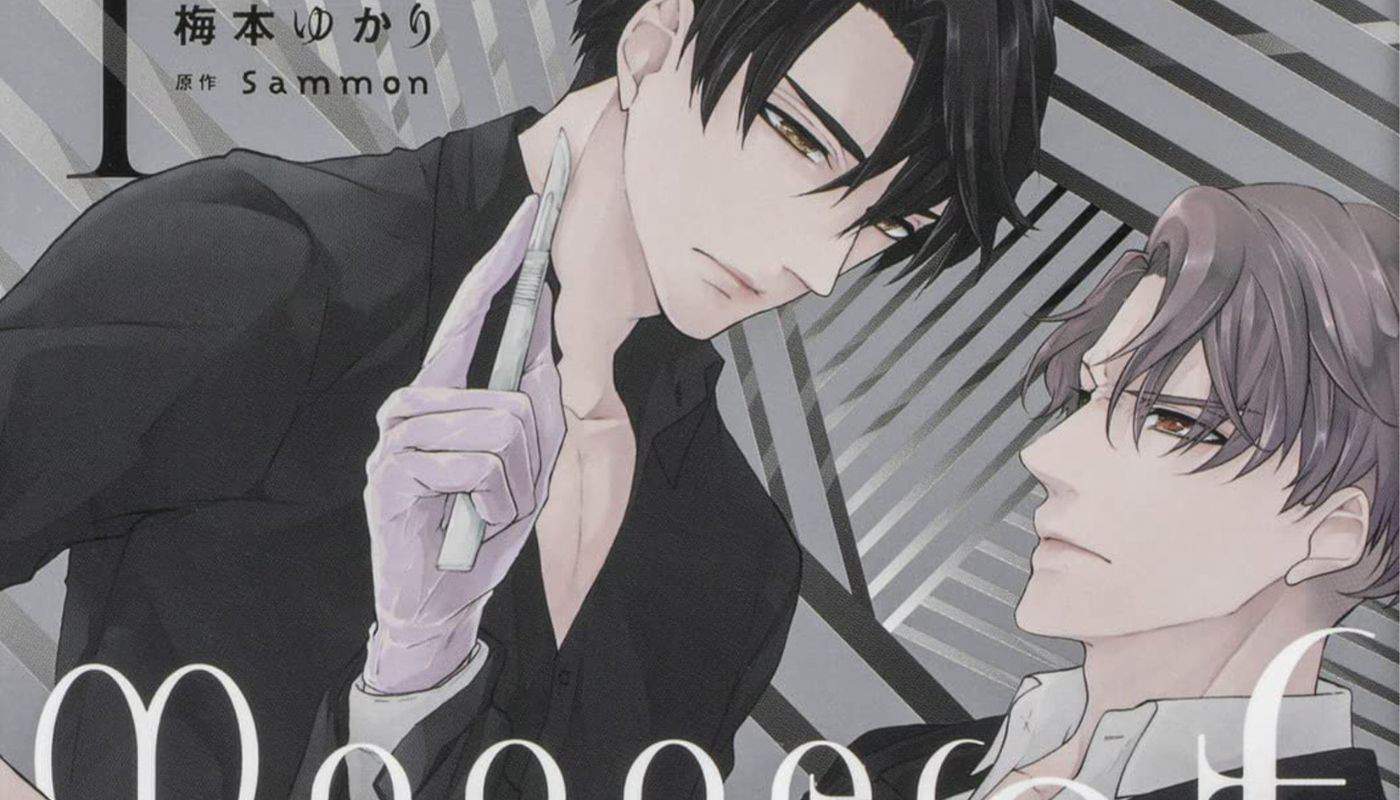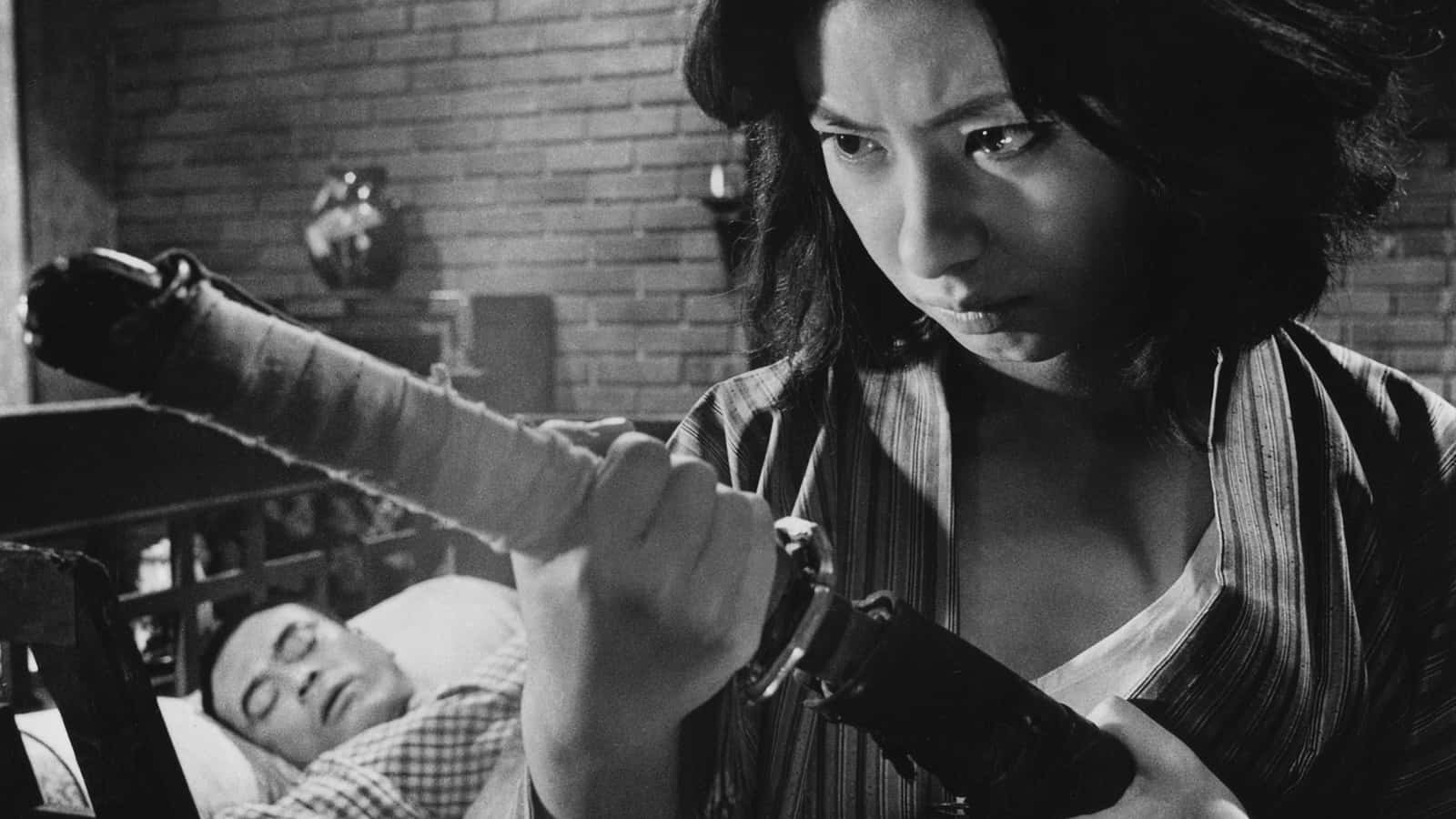The horror genre within manga, and by extension Japanese art, has had a long history dating back to the early 17th century with the release of the Tokiwa Scrolls, believed to be painted by Iwasa Matabei. The twelve-part collection depicted graphic violence, murder, and nudity. However, the art style of ukiyo-e embracing more graphic content did not really become common until the 19th century. Regardless, it can be said that these early depictions were used to both educate and entertain, ingrained a deep fascination with the macabre that is spirited in today's mangakas who thrive in the horror genre.
Taking a broad definition of horror, we bring 20 Great horror manga titles that you need to read if you are a fan of the genre.
1. No Longer Human (2017) by Junji Ito

Adapted from the novel of the same title by Osamu Dazai, Junji Ito's “No Longer Human” follows the tragic life of Yozo Oba. However, the tragedy comes from a maddening anxiety manifested through his disconnection from others. Unable to express empathy or care for his fellow man, Oba destroys the lives of many around him who are drawn in by his peculiar persona.
Best known for his take on cosmic and metaphysical horror through otherworldly creatures and nightmarish breakdowns, Junji Ito has also adapted literary works (in this case Osamu Dazai). “No Longer Human” is one of his strongest adaptations, presenting a man who has lost all sense of humanity while being aware of what he lost. As a result, the man draws in and destroys the lives of many around him, who in turn haunt his visions and push him into further decline. The mix of tragedy, horror, and drama makes for one of the more disturbing stories from Ito outside of his normal repertoire.
Buy This Title
on Amazon by clicking on the image below
2. Homonculus (2003) by Hideo Yamamoto

Living out of his car, 34-year-old Susumu Nakesha has opted for homelessness despite coming from a successful background in business. One day, he is approached by a man offering to pay him for experimental surgery in the form of trepanation (the procedure of drilling a hole in the skull for enlightenment or health reasons). Hardship eventually leads Nakesha to accept the offer and indulge the eccentric man who aims to gift him enlightenment through the procedure. However, it gives Susumu a peculiar gift to see other people's insecurities manifested in strange distorted visions, along with the ability to take on those people's burdens himself.
“Homunculus” maps the mental decline of Susumu Nakesha and his loss of self-identity in taking on mental deformities. This clashes with his own sense of trying to find himself and come to terms with his past failures that pushed him into a listless life, pushing him away from society. The horrific element comes from both the images that Susume sees, beautifully captured by Hideo Yamamoto, and his desire to push himself further, including self-harm, to open his ‘third eye' even wider. Tragic and horrifying, Hideo Yamamoto crafted one of the most engaging character studies in the psychological horror genre.
Buy This Title
on Amazon by clicking on the image below
3. Princess of the Never Ending Castle (2019) by Shintaro Kago

A duel between historic figures Oda Nobunaga and Akechi Mitsuhide creates parallel realities, manifested in towers ever twisting up into the clouds. The dimensional rift is caused by a different outcome in the duel between Nobunaga and Mitsuhide, both grasping for rule over eachothers domains. Caught in between this rift is a young princess, who accidentally merges the two realities in a quest for revenge.
Shintaro Kago has established himself as a master of body horror mixed with perverse absurdity. Where “Princess of the Never-Ending Castle” stands out is in its exploration of narrative through abstract paneling. Repetition reflects the two realities running in parallels, which slowly cross over on the pages to give the impression that the book is folding into itself. Additionally, this edition has been given an exceptional high-quality release from Hollow Press, which adds to the sense of wonderment. “Princess of the Never Ending Castle” can be purchased at Hollow Press.
4. Laughing Vampire (1999) Suehiro Marou

Following a modern-day family of bloodsuckers, “Laughing Vampire” focuses on the relationship between two of the youngest members. The two use their powers to exact revenge on those who caused their deaths and fight with an opposing clan. Violence, sex, and romance merge under the detailed art of Marou. “Laughing Vampire” is a testament to the visual and narrative prowess of Suehiro Maruo, offering a warped macabre story that draws its audiences in like a car crash. It is gruesome and uncomfortable while still embodying a profoundly beautiful aesthetic that has made Marou's work treasured among fans of more extreme content.
5. Bio-Meat: Nectar (2000) By Yuki Fujisawa

When Japan experiences mass starvation, scientists race to find a solution, which results in the creation of “Bio-Meat,” a lab-grown food source. Meant to reproduce at a rate to meet societal needs, the animal stock begins to grow exponentially, and the food spills out into the streets with a craving for flesh. The series follows a young group of friends trying desperately to survive while also dealing with a government under the collapse of its nightmarish creation.
A standout within the survival horror genre, “Bio-meat” offers a chaotic and tragic backdrop to a coming-of-age dystopian tale where innocence is lost to a global disaster. The story is utterly gripping, but what gives the series its stronger highlights is seeing the hordes of bio-meat swarm the unexpected and swallow them whole.
6. Helter Skelter (1995) by Kyoko Okazaki
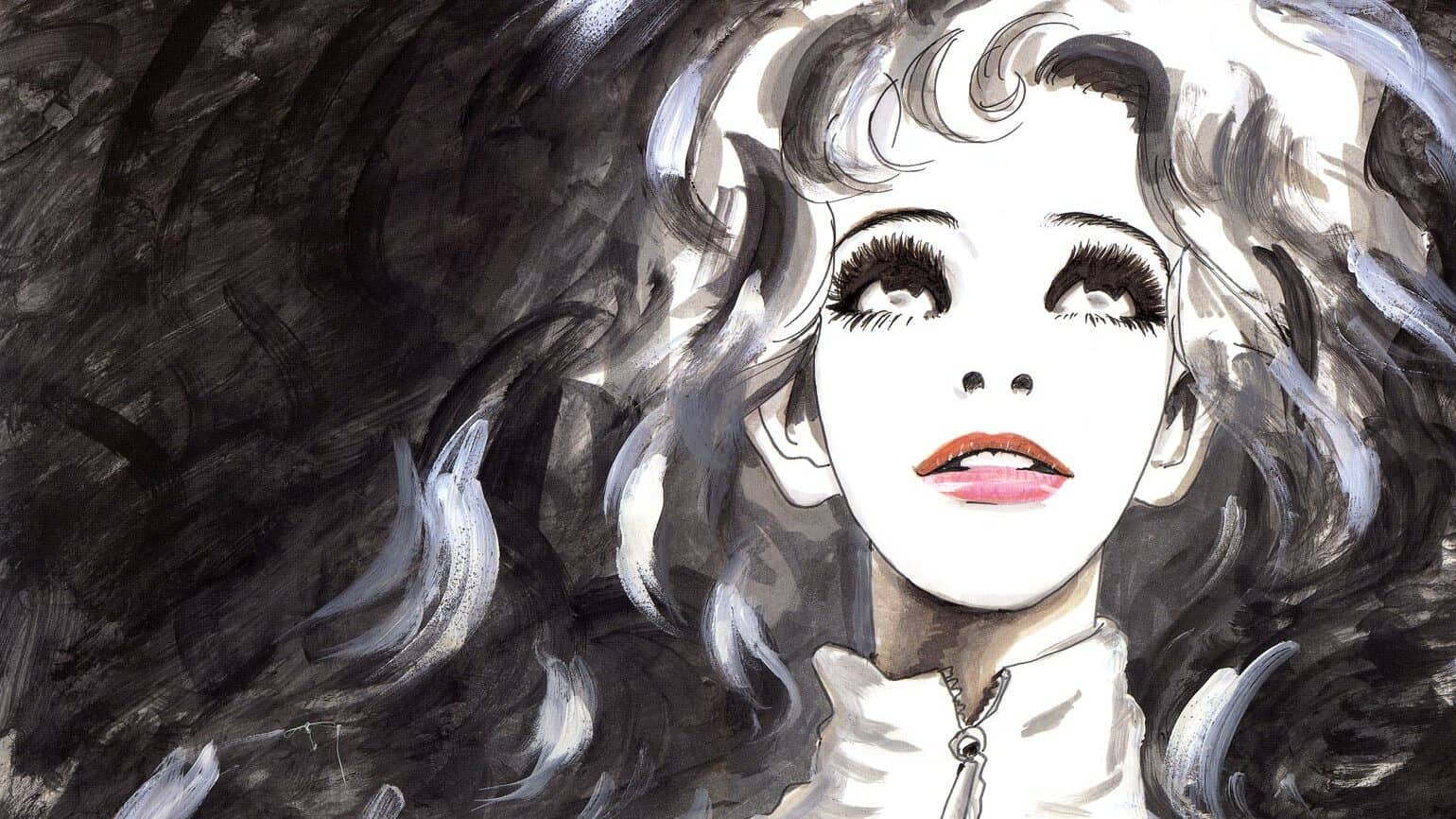
Supermodel Liliko has become one of Japan's most recognizable faces, her face plastered over Tokyo in print and on television. To the general public, the star seems to have it all and is unstoppable as a super talent. However, there is a dark secret behind the model's success, which has brought on countless experimental surgeries. The expensive operations begin to take a toll on both her mind and body, causing her to lash out in violence or manipulate those around her to carry out horrible actions.
“Helter Skelter” is a timeless cautionary tale about how the requirements to attain ‘beauty' can come with high stakes for those who can't navigate the immense pressures attached. Okazaki, having worked extensively as a fashion illustrator, is able to approach the subject of abuse, vanity, and jealousy from the perspective of an insider, adding legitimacy to her narrative. The pitfalls of a celebrity lifestyle are explored in horrific detail.
Buy This Title
on Amazon by clicking on the image below
7. Uzumaki (1998) by Junji Ito
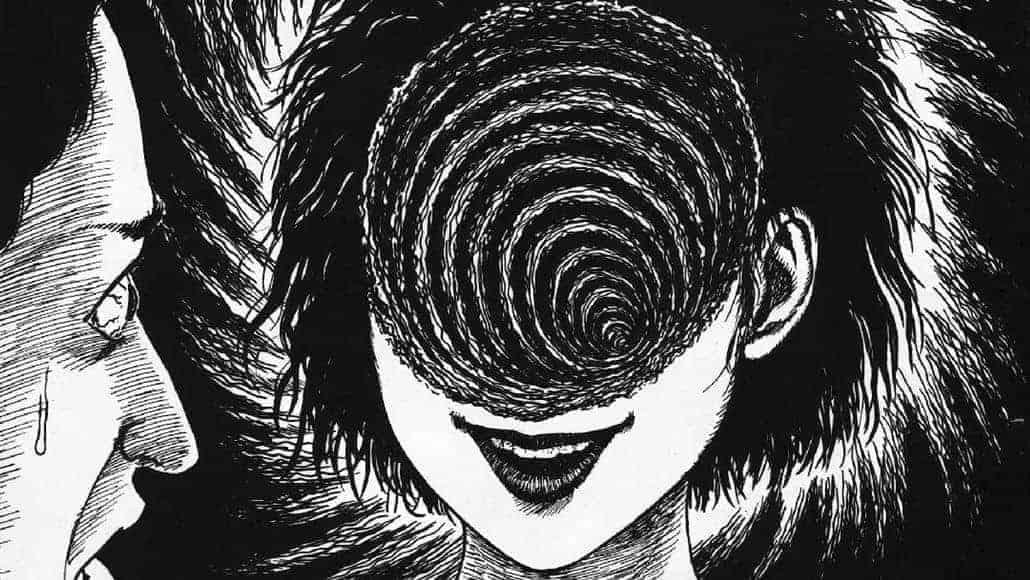
A town is plagued by and odd obsession: spirals are appearing everywhere and warping the mind and bodies of its inhabitants. At the center of this transition is Kirie and her friend Shuichi, the only ones who seem to be aware of the transformation and wiling to fight back. However, as the spiral begins to take hold in many bizarre ways, the friends are lead towards a gruesome realization that their town is doomed.
Mangaka Junji Ito is able to take a simple concept, in this case an obsession with the hypnotic spiral, and turn it into an object of abject horror. Playing out like a series of short stories with Kirie and Shuichi as the observers to the various events, each tale sees bizarre distortions of body and mind, reflective of the spiral. This influence begins to grow immensely, from slight delusions to a complete breakdown of the towns very structure. It is a surreal and scary trip which has made Ito the most prominent horror mangaka working today.
Buy This Title
on Amazon by clicking on the image below
8. Blood on the Tracks (2017 ) by Shuzo Oshimi
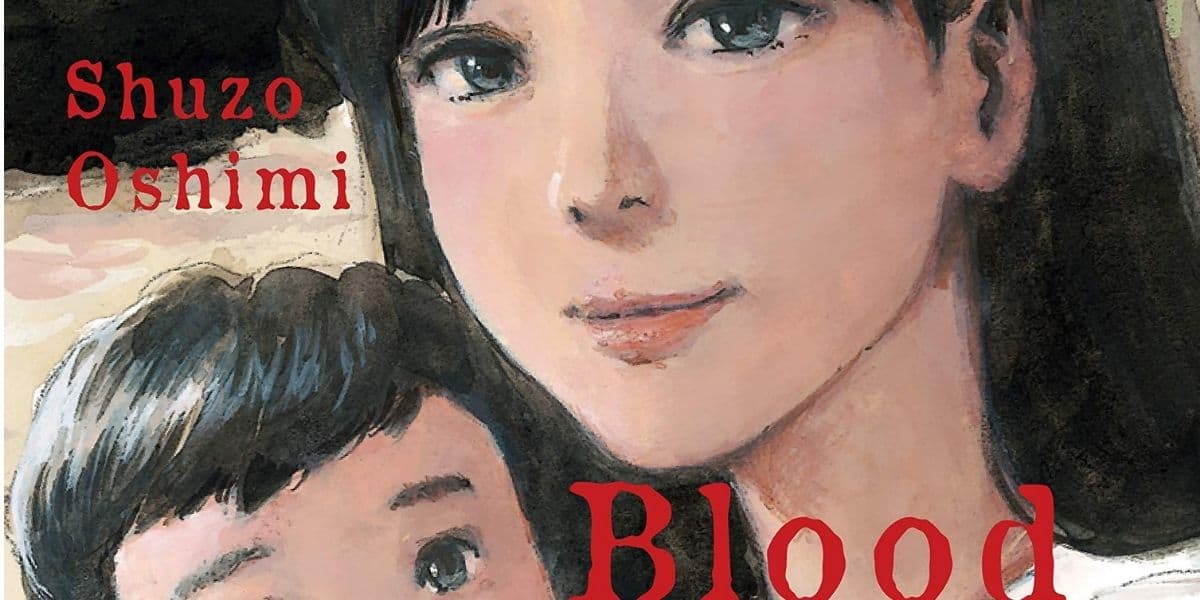
A lifetime of unhealthy motherly love and protection comes to a ghastly conclusion when a mother attempts to murder her nephew for teasing the young boy. The vision of his mother attempting to kill her nephew causes a deep reflection, that shows the boy a lifetime of troubling behavior from his mother. Now reaching an age where he can seek independence and romance, he must face the overbearing matriarch that will do anything to keep a hold of her little boy.
Shuzo Oshimi's work has established him as a master of psychological horror with titles such as “Happiness” and “Flowers of Evil” showcasing skill in blending drama and horror. Where “Blood On the Tracks” succeeds over other titles is its ability to take a concept which should offer comfort (motherhood), and transform it into something utterly disturbing. Additionally, Oshimi's artistic skill in expression allows the calm veil of motherhood to turn into one of disgust in a single instance. All these elements coming to instill a deep sense of unease and dread in the reader.
Buy This Title
on Amazon by clicking on the image below
9. Journey to the End of the World (2002) by Nishioka Kyoudai

A young man haunted by pervasive boredom chooses to skip work and build a ship to escape his troubles. This departure marks the beginning of a fantastic voyage that pits the man against pirates, cannibals, and human traffickers. After a long journey, he finds himself back home, facing a jury of his peers for crimes committed on his voyage.
“Nishioka Kyoudai” is the pseudonym of a brother and sister duo who made comics for the infamous outsider publication “Garo” (Showcased in Underground Comics Japan). Consequently, it is easy to see their style not really conforming within mainstream manga, with visuals that reflect a Gothic aesthetic reminiscent of Edward Gorey and Tim Burton. The mix is certainly unique, making all the siblings' work notable. However, the scale of the adventure of the troubled and simple-minded protagonists shows a great mix of horror, fantasy, and fable that defines the best attributes of the duo.
10. Left Hand of God, Right Hand of Devil (1986) by Kazuo Umezu

“Left Hand God, Right Hand Devil” collects five stories from Kazuo Umezu. The stories are based on a child (Sou) who can see the supernatural. These abilities allow him to foresee tragic events that often put him at the forefront of otherworldly horror around him. The collection includes Eroded Scissors, the Disappeared Rubber, the Tongue of the Spider Queen, the Black Picture Book, and Shadow Dead.
Beloved figure Kazuo Umezu is one of the most influential horror mangaka's in the modern landscape, reflected in one of Junji Ito's first accomplishments coming from an award carrying his name. This early collection showcases body horror and grotesque sequences that would inspire many future creators. Even in being considered ‘classics,' these stories still stand the test of time and act as some of the most memorable within the horror genre. “Left Hand of God…” It offers not only a lesson in the progression of horror in manga modern horror but also acts as a spotlight on one of the greatest creators' ability to create a relentless and disturbing spectacle.


